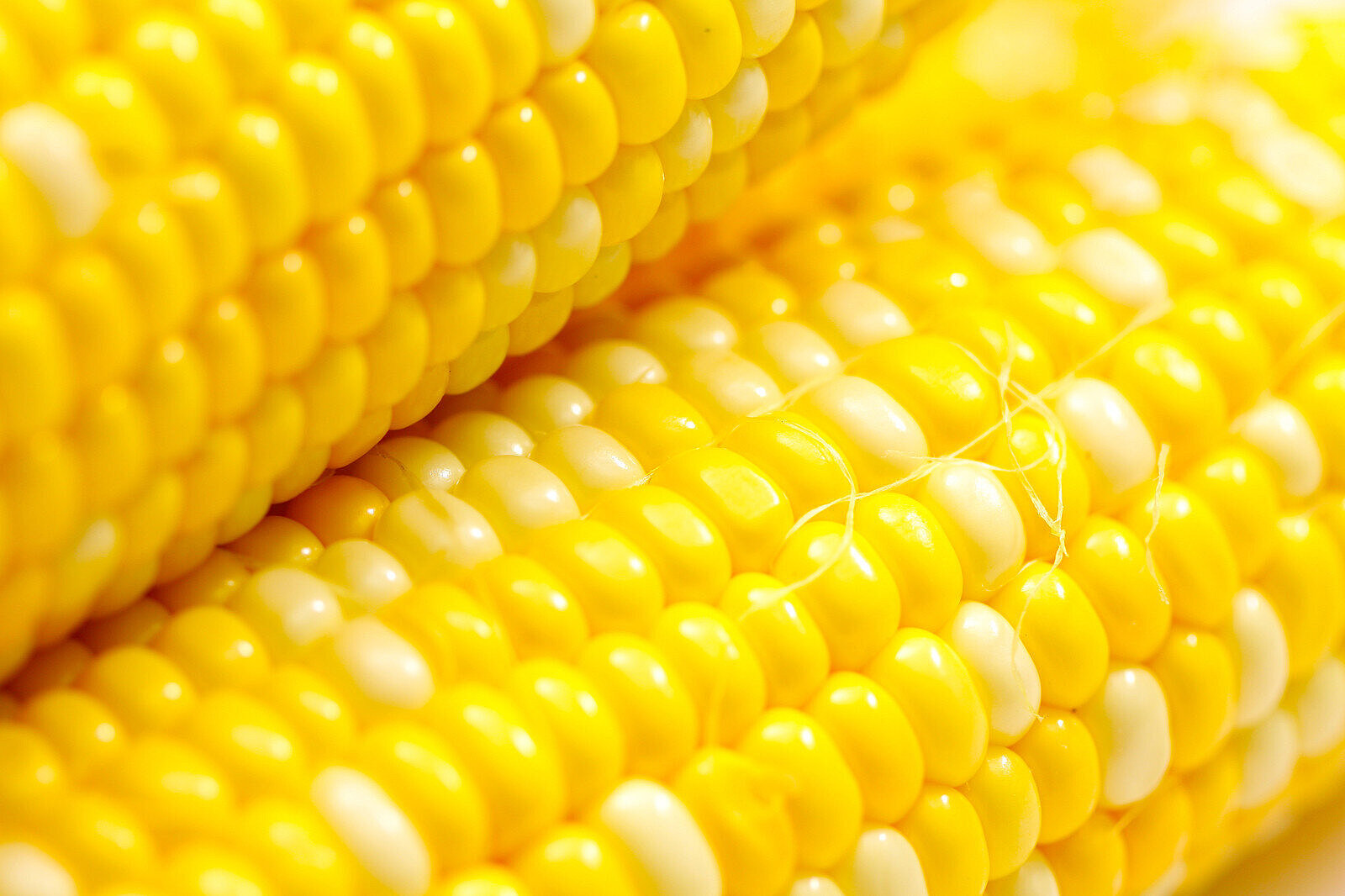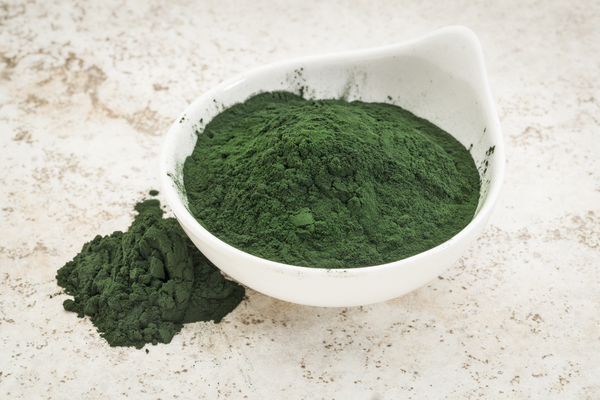Chlorophyllin

What is chlorophyllin?
Chlorophyllin is a water-soluble form of chlorophyll that is created by replacing magnesium atoms with copper atoms in the molecular structure. Chlorophyllin has similar properties to chlorophyll, but is more stable and bioavailable.
Chlorophyllin is often used as a dietary supplement or as a natural colorant. It has a green or dark green hue and a slightly bitter taste.
How can chlorophyllin help dogs?
Chlorophyllin has several potential benefits for dogs based on its antioxidant, anti-inflammatory and odor-masking effects. Here are some of them:
- Chlorophyllin can reduce bad breath in dogs. Chlorophyllin can help fight the bacteria responsible for bad breath while stimulating saliva flow that improves oral hygiene. In addition, chlorophyllin can neutralize the smell of sulfur compounds that also contribute to bad breath.
- Chlorophyllin can mask the odor of bitches in heat. When a female dog is in heat, she secretes blood and pheromones from her vulva that can attract male dogs. Chlorophyllin can help mask this odor by binding the pheromones and rendering them harmless. This can prevent male dogs from molesting your female dog or getting pregnant unintentionally.
- Chlorophyllin can promote wound healing in dogs. Chlorophyllin has an antiseptic effect that can reduce the risk of infection in open wounds. Chlorophyllin can also improve blood circulation and oxygen supply to the tissue, which accelerates healing. In addition, chlorophyllin can relieve the pain and swelling associated with wounds.
- Chlorophyllin can strengthen the immune system of dogs. Chlorophyllin has an antioxidant effect that protects cells from free radicals that can lead to cell damage and ageing. Chlorophyllin can also increase the production of red blood cells, which are responsible for transporting oxygen around the body. This can support the immune system of dogs and increase their defenses.
What are the possible disadvantages of chlorophyllin for dogs?
Chlorophyllin is generally considered safe for dogs, but there are some potential downsides or side effects you should be aware of. Here are some of them:
- Chlorophyllin can cause discoloration. Since chlorophyllin is a green dye, it can cause your dog's urine, feces, or coat to turn green. This is usually harmless and will disappear once the product is discontinued.
- Chlorophyllin can cause gastrointestinal discomfort. Chlorophyllin can cause nausea, vomiting, diarrhea or flatulence in some dogs, especially if they are taking it for the first time or are given too high a dose. This is usually temporary and can be avoided by adjusting the dosage or taking it with food.
- Chlorophyllin can interact with medications. Chlorophyllin can interfere with the effects of certain medications your dog is taking, such as anticoagulants, antidiabetics or immunosuppressants. This can lead to undesirable or dangerous effects. Therefore, you should always consult your vet before giving your dog chlorophyllin if he is taking other medications.
How do you give your dog chlorophyllin?
Chlorophyllin for dogs comes in various forms, such as tablets, capsules, powder or liquid. The form you choose will depend on your preference and that of your dog. Some dogs prefer to swallow a tablet, while others find it easier to drink a liquid.
The dosage of chlorophyllin for dogs depends on various factors, such as weight, age, health status and the reason for taking it. There is no universal dosage recommendation for chlorophyllin for dogs, but you can follow the instructions on the product label or ask your vet for advice.
Ingeneral , the smaller the dog, the lower the dose. You should also start with a low dose and slowly increase it until you achieve the desired effect. You should also make sure to give your dog enough water to avoid dehydration.
Chlorophyllin is a useful dietary supplement for dogs that can help them improve their bad breath, mask their heat odor, promote wound healing and boost their immune system. However, chlorophyllin also has some potential drawbacks or side effects, such as discoloration, gastrointestinal discomfort or drug interactions.
If you notice any signs of hypersensitivity or poisoning in your dog, you should see your vet immediately. We are not a substitute for a vet, but we try to be as accurate as possible. Every dog reacts differently and we recommend you get a second opinion or consult your vet if in doubt.
Stay healthy and take good care of your four-legged friend!😊
Similar to Chlorophyllin
Dogs can convert beta-carotene into active vitamin A and thus cover their need for this vitamin. Vitamin A is important for the dog's eyesight, skin health and immune system, among other things....
Lutein can improve vision in dogs, especially in older dogs suffering from age-related macular degeneration. This condition leads to a loss of central visual acuity and can result in blindness....
Spirulina is a blue-green algae that is one of the oldest living organisms on earth. It is found in salty lakes and waters and can feed itself through photosynthesis. Spirulina has a spiral...
Astaxanthin has many potential health benefits for dogs. For example, it can strengthen the immune system, improve eye and heart health, promote skin and coat quality and relieve joint pain....



